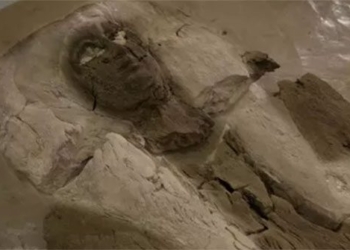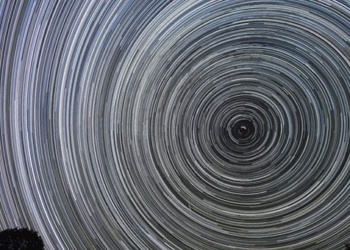A small cliff in China produces astonishing egg-shaped stones every 30 years, captivating scientists.
Local residents in the Qiannan Buyi and Miao Autonomous Prefecture of Guizhou Province in southwestern China are amazed when they encounter smooth, round egg-shaped stones protruding from the cliff and subsequently falling to the ground. This cliff is named Chan Da Ya (产蛋崖), which translates to “Egg-Laying Cliff” in Chinese.
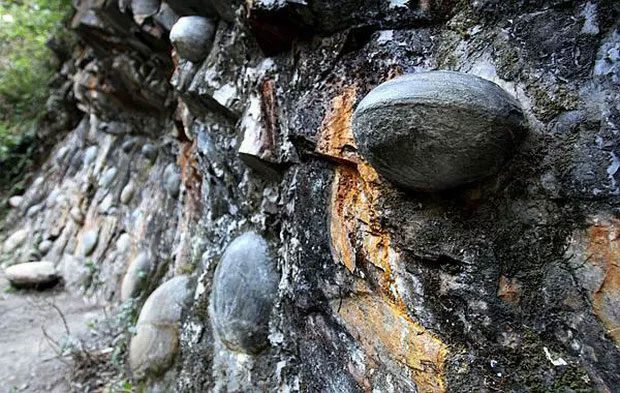
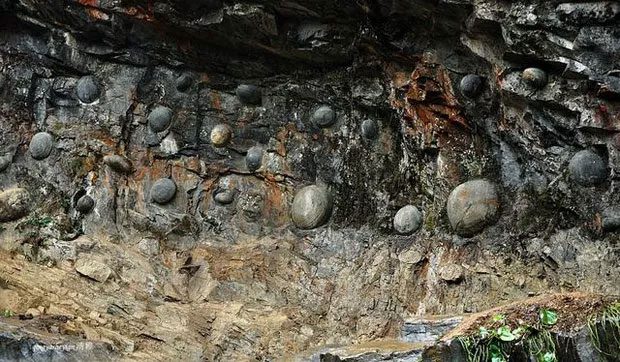
Chan Da Ya takes 30 years to “lay strange egg stones”.
This cliff has puzzled geologists for decades. Despite numerous theories and scientific explanations, no one has provided a definitive and convincing answer.
This cliff, which stands 2.4 meters high and stretches 19 meters long, resembles most other cliffs. What is peculiar about it is the emergence of smooth, round protrusions of varying sizes from the rugged cliff face. Over time, these “egg stones” grow larger, gradually revealing themselves, and when they can no longer cling to the cliff, they fall to make way for new “eggs.”
According to the villagers from the nearby Gulu area, the Chan Da Ya cliff takes 30 years to “lay strange egg stones.”
Every 30 years, Chan Da Ya produces a multitude of “eggs,” astonishing the local residents and the scientific community alike.
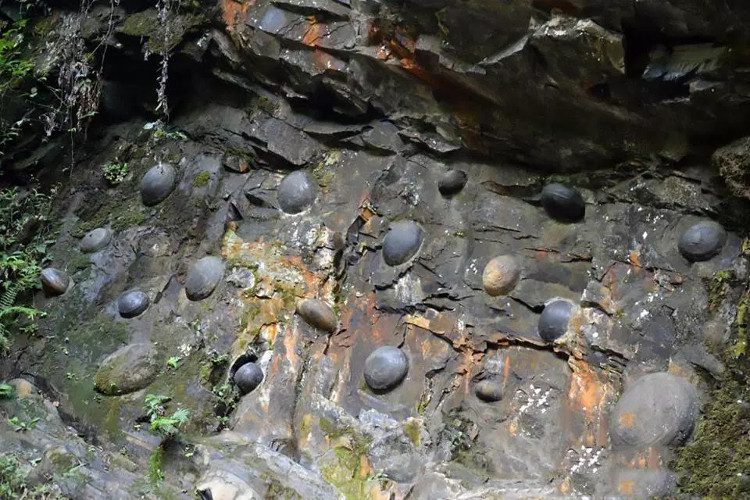
Egg-shaped stones forming on the cliff. (Photo: Asiawire).
Testing results indicate that the stones taken from Chan Da Ya were formed 500 million years ago during the Cambrian period. However, this unique cliff, part of the Gandeng Mountain, is composed of limestone, which is commonly found in many regions around the Earth. The egg stones contain a significant amount of sediment.
The Cambrian period, over half a billion years ago, was a time of great biological explosion on Earth, transforming the planet into a “monster planet” filled with diverse and bizarre life forms. Most of these species have since gone extinct but laid the groundwork for future life.
During that time, this area was an ocean. Abundant silicon dioxide particles clumped together, forming spherical shapes in the water before being compressed into metamorphic rock. Being submerged in water also contributed to the roundness and smoothness of the silicon dioxide masses.
Through many geological eras, the ocean gradually transformed into mountains, and these silicon dioxide metamorphic rocks became enveloped by limestone, formed from compressed sediments like sand, clay, or smaller, less durable rock fragments.
The mysterious cliff in Guizhou, China, has been eroded over the years. However, only the less durable limestone has been worn away, while the metamorphic “eggs” remain robust, continuing to gradually reveal themselves and fall from the cliff every few decades.
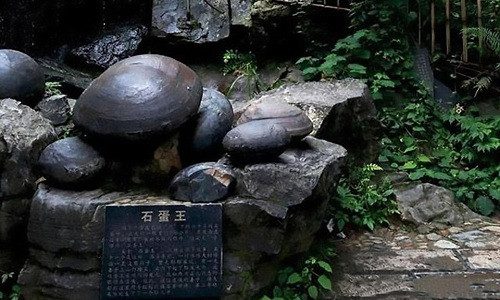
Scientists have yet to explain why the cliff “lays eggs.” (Photo: Asiawire).
Experts suggest that the egg-like shape of the stones results from differences in the erosion rates of each type of rock. However, they have yet to explain how these stones are smoothed into such round shapes or why an entire geological area dating back half a billion years contains limestone components.

Residents often take the egg stones home, believing they bring good luck. (Photo: Asiawire).
Many villagers take the egg stones home, believing they bring good fortune and blessings. Data from 2005 indicated that most of the 125 families in Gulu had at least one of these mysterious stones in their homes as a lucky charm.
In recent years, Chan Da Ya has gained popularity as a tourist destination, with most of the egg stones having been sold by greedy individuals for profit. Currently, only about 70 stones remain, which local residents carefully protect. Any new egg about to fall from the cliff is often stolen by treasure hunters.








































